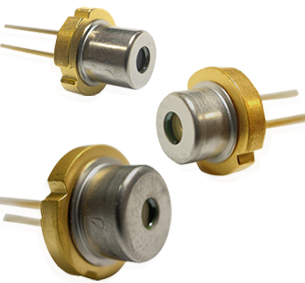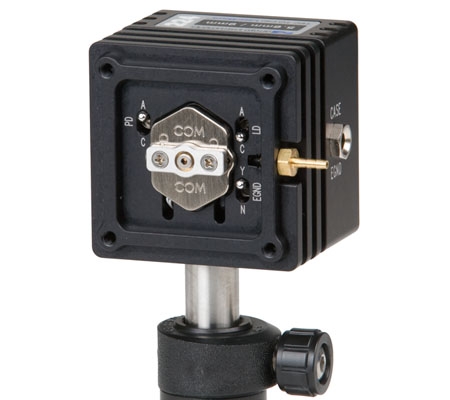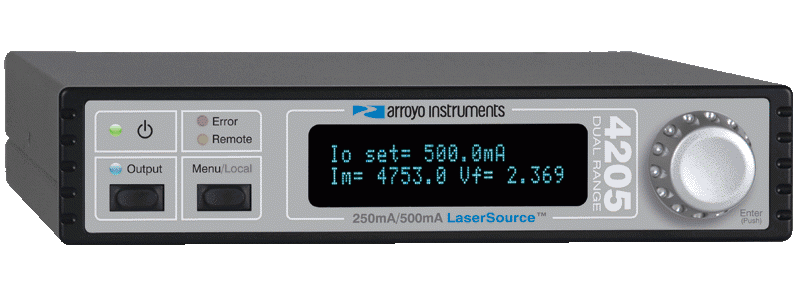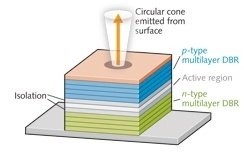HL637
Laser Diode, 637nm, 1.2W
Key Features:
- High output power
- High efficiency
- Low operating current
- Small package: 5.6mm & 9mm
- Single transverse mode
- TE mode oscillation
There are many configurations and options available. If you do not see exactly what you need below, please contact us!
Need Quantities? Have a question?
POPULAR CONFIGURATIONS:
Picture |
Part Number |
Part Description |
Datasheet |
Price |
Lead Time |
Quantity |
|
|---|---|---|---|---|---|---|---|
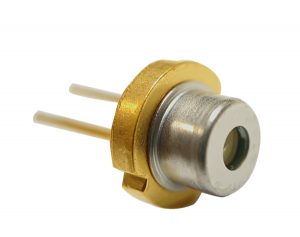
|
HL6388MG-A |
Laser Diode, Multimode, 637nm, 0.25W, 5.6mm Package (Discontinued – Final Order by Sept 30 2023: Recommended Product #HL63193DG) |
|
$22.77 |
Inquire |
Get Quote | |

|
HL63253MG |
Laser Diode, Multimode, 637nm, 0.45W, 5.6mm Package (Discontinued – Final Order by Sept 30 2023: Recommended Product #HL63193MG) |
|
In Stock |
Get Quote | ||

|
HL63283HD |
Laser Diode, Multimode, 637nm, 1.2W, 9mm Package |
|
$49.75 |
Inquire |
Get Quote | |

|
HL63373HD |
Laser Diode, Multimode, 637nm, 1W, 9mm Package |
|
$47.98 |
In Stock |
Get Quote | |

|
HL63101MG |
Laser Diode, Single Mode, 637nm, 0.007W, 5.6mm Package |
|
$4.61 |
In Stock |
Get Quote | |

|
HL63102MG |
Laser Diode, Single Mode, 637nm, 0.007W, 5.6mm Package |
|
$4.61 |
Inquire |
Get Quote | |
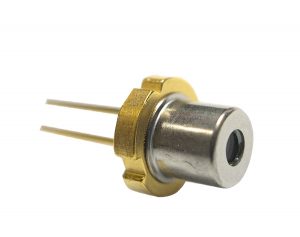
|
HL63142DG |
Laser Diode, Single Mode, 637nm, 0.12W, 5.6mm Package |
|
$167.30 |
Inquire |
Get Quote |
The HL Series offers versatile and high-quality laser diode products in a variety of wavelengths and high-power options, ideal for direct imaging, industrial, and bio/medical applications. These reliable, efficient, and compact diodes come in TO-Can packages, making them perfect for OEM integration. Additionally, they operate with TE mode oscillation and are RoHS compliant, ensuring safe use. Choose the HL Series for quality, reliability, and performance in laser diodes.
Benefits:
- Highly Reliable, Efficient & Stable Operation
- UV to NIR Wavelengths & High-Power Options
- Compact TO-Can Packages
- Perfect for OEM Integration
Additionally, our laser diodes boast low threshold current and high slope efficiency, allowing for efficient and reliable performance. These multimode laser diodes operate with TE mode oscillation, providing the lower threshold current and higher beam quality and output power. These products are also RoHS compliant, ensuring that they are free from hazardous substances.
If you have any questions or need more information, please contact us.
| Type | |
|---|---|
| Wavelength (nm) | |
| Output power (W) | |
| Mode | |
| Output | |
| Duty | |
| Package |

 SHIPS TODAY
SHIPS TODAY 